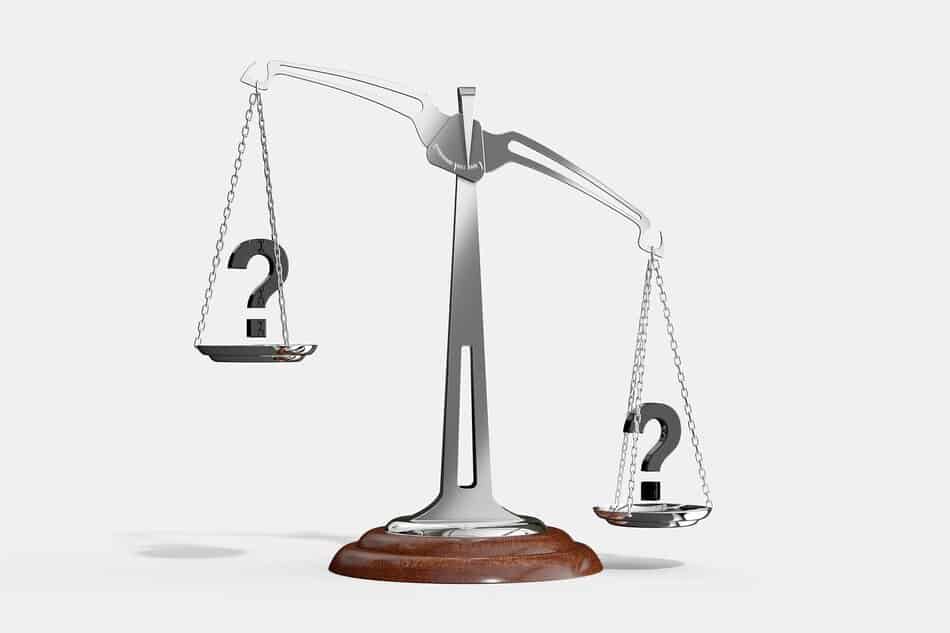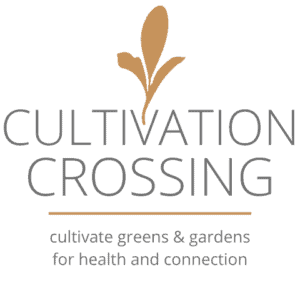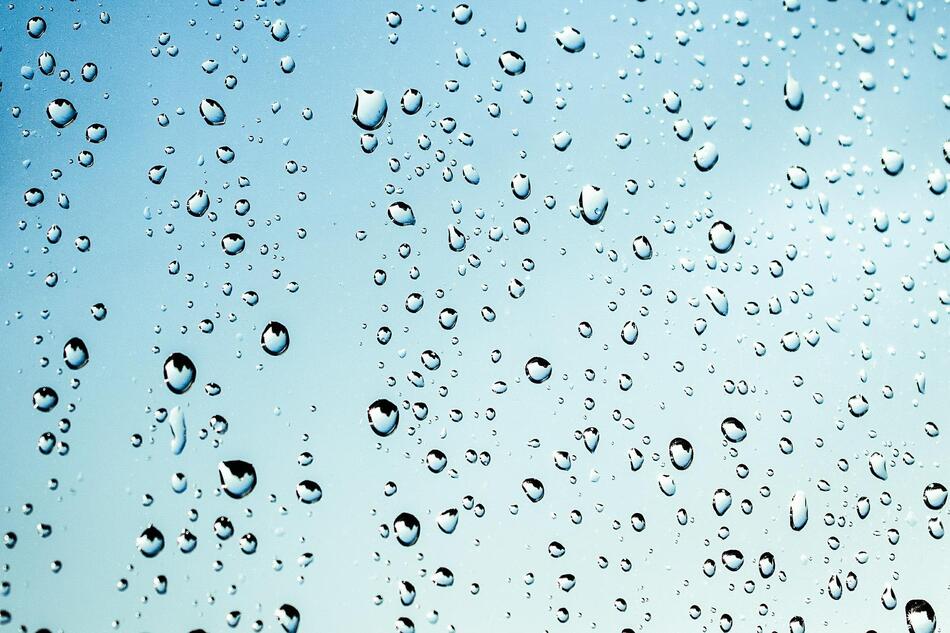PPM is a measure of how many nutrients are in one liter of hydroponic water. If the PPM level is low, it means that the water doesn’t have enough nutrients and that more should be added. If the PPM level is too high, it means that the water has too many nutrients, which could cause your plant to get too much food. This article will show you how to lower PPM in hydroponics.
There are different ways to lower PPM in hydroponics one way is to dilute the nutrients, add more water or remove some and add fresh. A method called reverse osmosis can remove dissolved minerals from water. Finally, add activated carbon. This removes excess nutrients and lowers ppm.
Most stores that sell garden supplies also sell TDS meters, which can be used to test the Total Dissolved Solids (TDS) in each “part per million” to see if your plants are getting enough nutrition.
In hydroponics, a carbon filter can be used to reduce the amount of PPM and clean the water at the same time. Add some fresh water to quickly lower the PPM (parts per million) of nutrients in the water. When the PPM numbers are low, it’s usually time to feed the plants.
Hydroponic PPM Levels

The growth stage of the garden or plant will tell you what the best PPM concentration is.
Plants or gardens that aren’t as well-established may need less fertilizer than those that are.
Early flowering needs a higher level of nutrients, about 900ppm, but seedlings do well at 400-500ppm.
Measuring PPM

It’s not hard to measure PPM in a hydroponic system, but you’ll need some tools and a little bit of time.
Check and write down the TDS level before and after adding plant food to the water. Wait for the temperature of the testing probe to adjust to the temperature of the hydroponic water, as this can change your readings.
Check the pH level of the water you are using for hydroponics as well. Use a pH meter to get the pH to be around 6.0.
A pH that is too high or too low can make it hard for plants to grow.
What Are TDS?
Total dissolved solids (TDS) Total dissolved substances in water. TDS consists of inorganic salts and organic matter. Water contains calcium, magnesium, potassium, and sodium. Anions include carbonates, nitrates, bicarbonates, chlorides, and sulfates. Negatively charged anions and positively charged cations.
What Is PH?
The pH of a water source shows how acidic or basic it is. Its is a way to measure the activity of hydrogen because it shows how acidic or basic water is. The pH scale goes from 0 to 14, and a pH value of 7 is neutral. Water with a low pH is called acidic, while water with a high pH is called basic or alkaline. Pure water has a pH of 7, but water sources and rain are a little bit acidic because of impurities.
How To Measure And Adjust Hydroponic Nutrients
Nutrients In Hydroponic Systems
In hydroponic systems, plants are fed with a specially made mix of nutrients.
Even though nutrients are made in proportions that match what plants need, transpiration and differences in crops cause nutrient levels to be different from what they should be. To help plants grow as much as possible, a system manager must take care of the fertilizer in system water. If you have a hydroponic system, you are in charge of it. There are many simple ways to put a system to the test.
Key Measurements
The pH and EC levels are the two most important things a hydroponic grower needs to measure. Both of these things can be done with meters.
pH measures how acidic a system is and shows how different nutrients affect plants and other living things. The pH range for each crop is different. Keep the pH between 5.5 and 6.5, with changes of no more than 0.5 points per day. (Plants may be shocked by big changes.)
The amount of nutrients in your body is shown by the EC, which is a measure of the salts in your body. The EC should stay between 1.2 and 2.0 at all times.
Most of the time, EC and pH meters are sold as a single, cheap dual meter.
Adjusting pH Level
Unless you are using a RO filter with an acidic solution, you should rarely worry about raising the pH. You will probably need to lower the pH. In aquaponics, lowering pH takes several steps, but in hydroponics, it’s easy. You can lower the pH of your system by adding a pH buffer like pH down by general Hydroponics. The amount you add will depend on how much you want to lower the pH.
How To Lower PPM in Hydroponics
If you give your plants too much food, you might have to lower the PPM levels or your crop or garden could be hurt.
High PPM levels can also be caused by the type of water used and a high pH level in hydroponic water.
Tap water can sometimes mess up your PPM because it has minerals that plants don’t need.
Try using water that has been distilled to get rid of these minerals. About 99.9 percent of these minerals are taken out of distilled water during the process. This makes it easier to figure out PPM and whether or not to add more nutrients to the water.
The secret is to add nothing but clean water. By adding more clear water to the plants or the watering mixture, you can lower the PPM level by lowering the ratio of nutrients to water.
By adding fresh water to the hydroponic system, the PPM level will drop quickly.
This will make the water with a high PPM level less concentrated until the problem is fixed and the system is checked out and tested again.
Water filters or purifier machines can force-separate nutrients from the tap water, which are considered contaminants.
This method requires an extra investment, but it is a sustainable option if a considerable tank strain.
Additives can stunt plant growth. If hydroponic plants receive more than 1000 PPM during the lowering stage, they will grow quickly but poorly.
Final Thoughts
PPM is an important aspect of any hydroponic system- too high or too low of a level can affect the health and growth of your plants.
By frequently testing the PPM concentration in your system, you can ensure that your plants are getting the optimal amount of nutrients and avoid any problems associated with over- or under-feeding.

